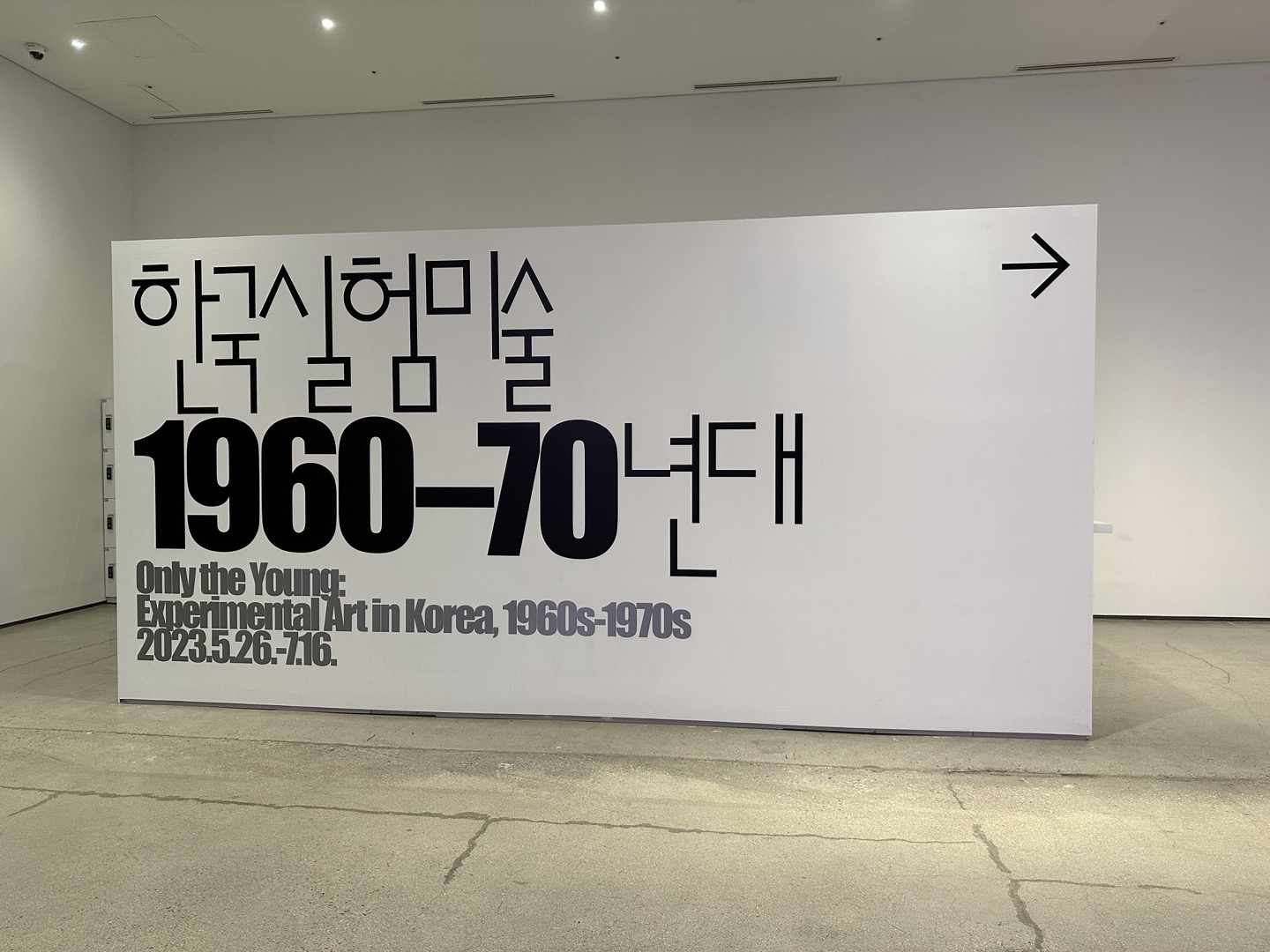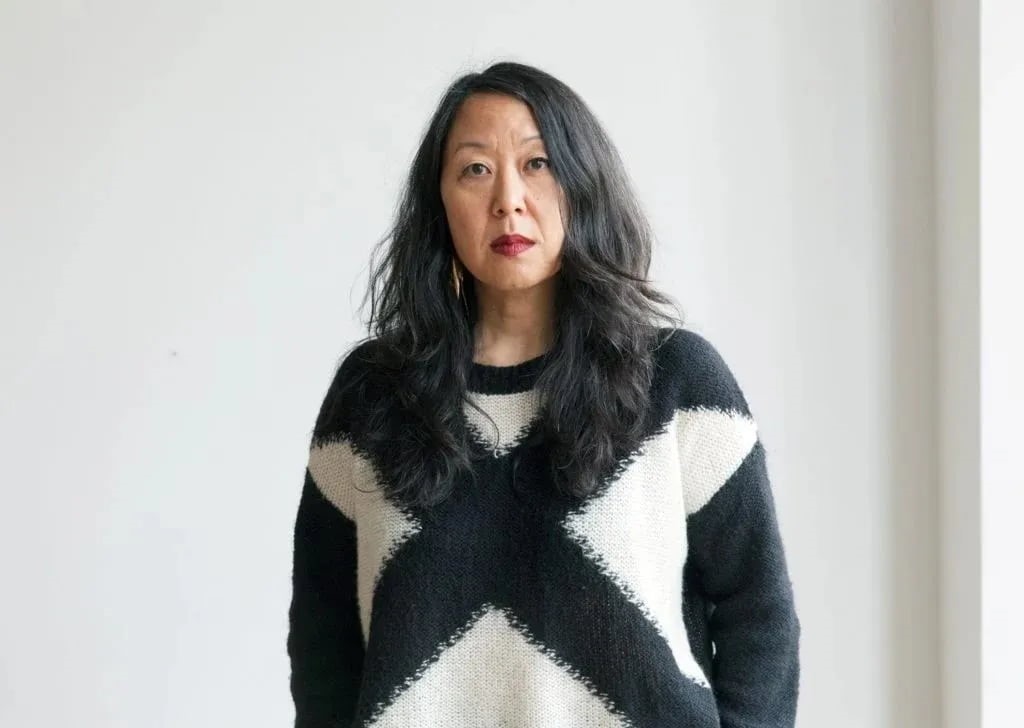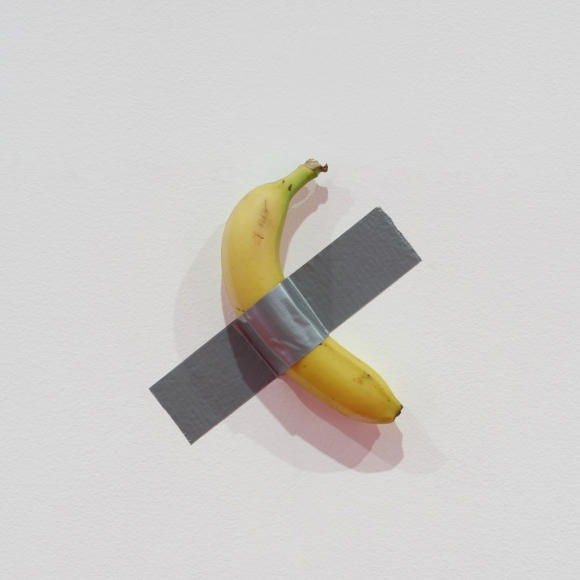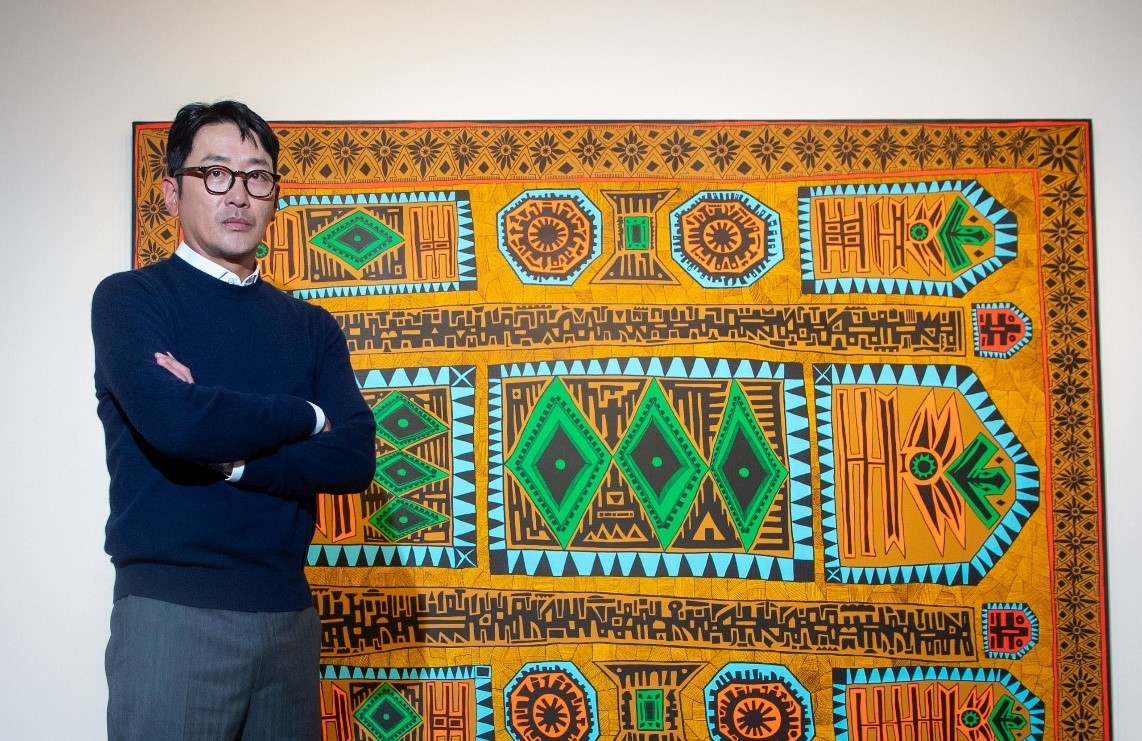While there are countless artists who have contributed to the development of the experimental art movement, we will highlight a few of them in the hope that their work will help more people to better understand the landscape of experimental art in Korea.

Sung Neung Kyung, 'Smoking,' 1976 (detail), gelatin silver print, 17 prints, 25.4 × 20.3 cm (each). Courtesy the artist and Lehmann Maupin, New York, Hong Kong, Seoul & London.
Influenced by various avant-garde art movements in the West and Japan and a turbulent social context, Korean experimental art rebelled against the formalism of the older generation, displaying a non-representational trend. Young artists of the time formed small groups, organized exhibitions, published association journals, and engaged in discussions about avant-garde art. Who were the artists involved in these activities?
Many artists contributed to the development of the experimental art movement, and we hope to highlight a few of them so that more people can better understand the landscape of Korean experimental art through their activities.

‘A Happening with a Vinyl Umbrella and a Candle,’ (1967). Performed by Mudongin (Zero Group) and Sinjeon dongin (New Exhibition Group). Photograph. Courtesy of the artists and the Asia Culture Center.
In 1964, Kang Kukjin (1939-1992) and his peers from the Department of Fine Arts at Hongik University rented a remote second-floor house in the Noncol village in Seoul and formed the Noncol group. They organized three exhibitions and published the magazine Noncol Art. In 1967, Kang Kukjin, along with Chung Chanseung and Jung Kangja, established the Sinjeon Dongin (New Exhibition Group) and participated in the Union Exhibition of Korean Youth Artists. The artists who participated in this exhibition held Korea’s first group performance, A Happening with a Vinyl Umbrella and a Candle.
The following year, Kang Kukjin participated in the Korean Art Exhibition and presented Korea’s first technological work, Visual I, II, unveiling a new experience of visual perception brought about by the advancement of technology. In May of the same year, Kang and Chung Chanseung co-organized a group performance called the Vinyl Tube Spouting Out Watercolor. In June, Transparent Balloons and Nude, the first nude performance in Korea, was conducted in Seoul’s music hall, C’est Si Bon. In October, under the First Han River Bridge, a performance titled Murder by the Han Riverside, a significant performance that strongly criticized the contemporary art culture and mainstream culture of the time, was carried out by Jung Kangja and Chung Chanseung.
Starting in 1973, Kang Kukjin focused on three-dimensional installation works, exploring the characteristics of materials and the phenomena of perception using objects like cloth, strings, ropes, and cardboard. He held a solo exhibition titled ‘Correlations of Form’ at Seoul Myeongdong Gallery in 1973. From 1975 onwards, he resumed his painting work, with an emphasis on drawing lines.

Kim Kulim, Leaflet image for ‘The Meaning of 1/24 Second’ (1969). Off-set print. Courtesy the artist.
Kim Kulim (b. 1936) was studying in Daegu when he was shocked to see a copy of Life magazine from a U.S. military base and decided to become a full-time avant-garde artist. He is considered a pioneer in various avant-garde art forms in Korea, including the country’s first experimental film, The Meaning of 1/24 Second (1969); Korea’s first land art, From Phenomenon to Traces (1970); its first mail art or postal art, Relics of Mass Media (1970); and its first electronic art, Space Structure 69 (1969).
Kim was one of the key founding members of A.G. (Avant-garde) In 1970, he formed the avant-garde art group The Fourth Group, which consisted of young artists and intellectuals from various fields and aimed to pursue comprehensive art by combining visual art, theater, film, fashion, music, and more.
However, feeling that there were no artists in the Korean art scene, including himself, who had the theoretical and logical foundation for experimental art, he moved to Japan in 1973. He was inspired by the Japanese art magazine Bijutsutecho, feeling that the artworks presented there had well-established theoretical backgrounds. He stayed in Japan until 1975, exploring the relationship between objects and time through works involving objects, installations, and prints. After studying in the U.S. in 1984, he shifted his focus to nature and began a series called Yin and Yang, which contrasted and united opposing elements. In 2000, he returned to Korea, coinciding with his participation in the Korea Culture and Arts Education Service’s exhibition Existence and Traces.
 Sung Neung Kyung, 'Newspaper: from June 1, 1974, on,' 1974, Newspapers on panel, performance. Photo by Lee Kyung Seok at The 3rd S.T. Exhibition, MMCA, Seoul, 1974. Courtesy the artist and Lehmann Maupin, New York, Hong Kong, Seoul & London.
Sung Neung Kyung, 'Newspaper: from June 1, 1974, on,' 1974, Newspapers on panel, performance. Photo by Lee Kyung Seok at The 3rd S.T. Exhibition, MMCA, Seoul, 1974. Courtesy the artist and Lehmann Maupin, New York, Hong Kong, Seoul & London.Sung Neung Kyung (b. 1944) is an artist who, as a member of S.T. (Space & Time), has been engaged in conceptual works that minimize materiality in art. Sung explains that “In the world of art, only fine art has materiality. Poetry, novels, films, music, none of them have materiality. They are not evaluated based on material value. So, removing materiality from art was the essence of my conceptual art.” He has incorporated everyday life into art, such as newspaper clipping, stretching, and body photography using a Polaroid camera.
Sung is particularly well known for his works involving newspaper media. Starting in 1973, after completing his military service, Sung embarked on a project to deconstruct the influential newspaper media of the time. He engaged in the act of cutting and re-editing newspaper articles and photographs to reinterpret the messages of the all-powerful press. His work titled Newspaper: After June 1, 1974, was presented at S.T.’s third exhibition. In this piece, the act of reading newspapers and clipping them every day during the exhibition itself was the artwork. Through this work, Sung became the first among S.T.’s members to present a work that evolved and was completed during the exhibition period. His practice of reading and clipping newspapers has continued to evolve and persists to the present day.
 ‘Transparent Balloons and Nude’ (1968), Performed by Jung Kangja, Kang Kukjin and Chung Chanseung. Courtesy of Jung Kangja, Arario Gallery, Seoul.
‘Transparent Balloons and Nude’ (1968), Performed by Jung Kangja, Kang Kukjin and Chung Chanseung. Courtesy of Jung Kangja, Arario Gallery, Seoul.Jung Kangja (1942-2017) was one of the few female experimental artists in the field. She began her career as a member of the Sinjeon Dongin (New Exhibition Group) and participated in Korea’s first group performance titled A Happening with a Vinyl Umbrella and a Candle in December 1967. This performance, which combined the pure human spirit symbolized by candles and the spirit of Donghakyo (an indigenous Korean religion), implicitly expressed the spirit of social reform and is considered the first group performance of its kind.
Although this work did not have a notable impact at the time, the second performance art piece, titled Transparent Balloons and Nude, the first nude performance in Korea held in June 1968, drew attention. Kang Kukjin, Chung Chanseung, and Jung performed this piece, wherein Kang and Chung ripped Jung’s clothing and the audience burst transparent balloons attached to her upper body, challenging the way society viewed women’s bodies. While the work aimed to criticize the objectification and distortion of women’s bodies, the media focused solely on its provocative nature, branding Jung as a provocative and decadent “seductress.” This led to the cancellation of her planned solo exhibition. In the same year, she participated in the performance Murder by the Han Riverside with Kang and Chung.
Jung played a crucial role in the Union Exhibition of Korean Youth Artists, which was significant in the history of Korean experimental art. She presented Kiss Me, a monumental sculpture of women’s lips, highlighting female body parts to expose the oppression faced by women in society. Starting in the late 1970s, she focused on painting, projecting various female figures and natural elements onto geometric forms in her artwork, reflecting her life experiences.




















